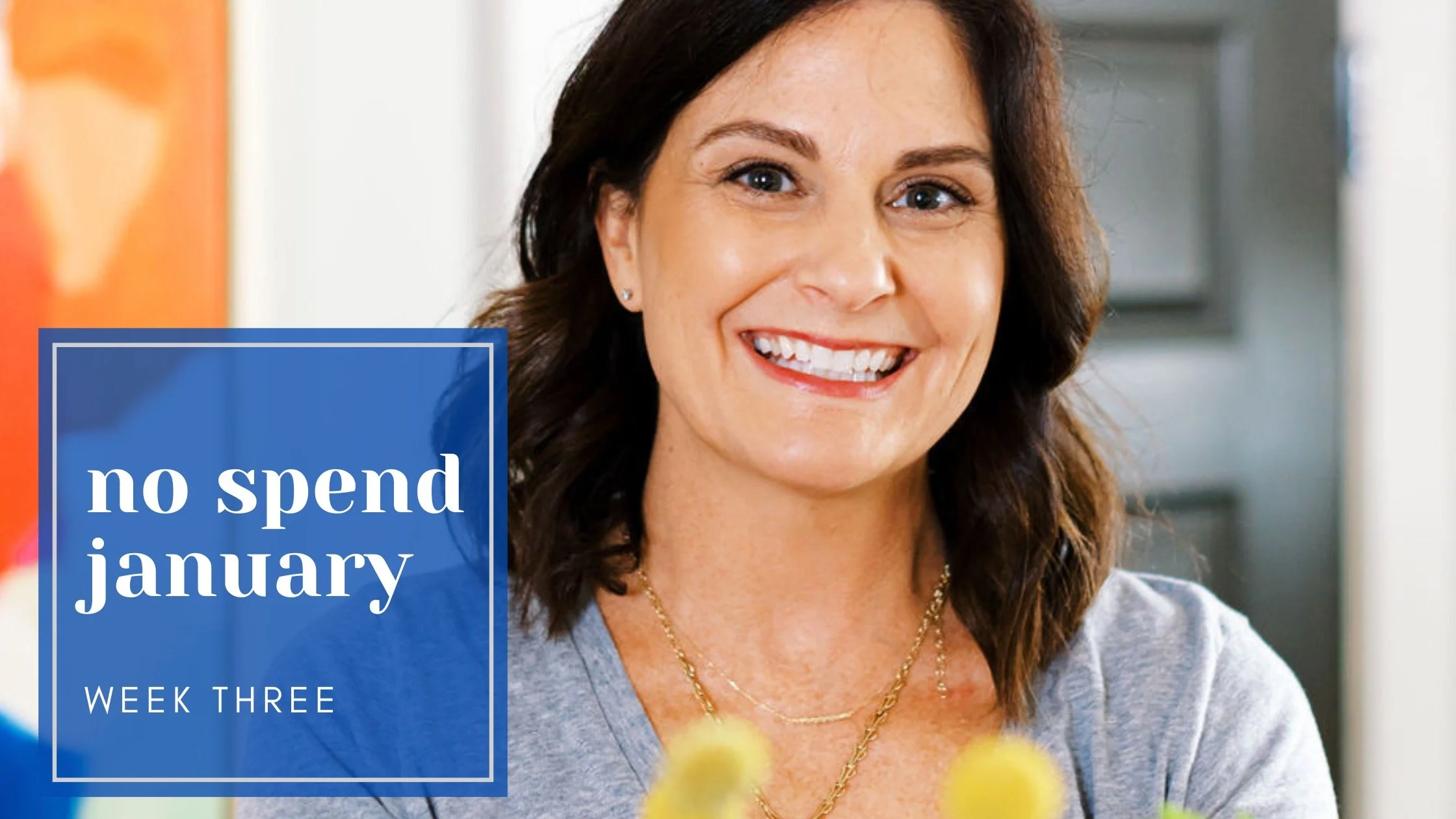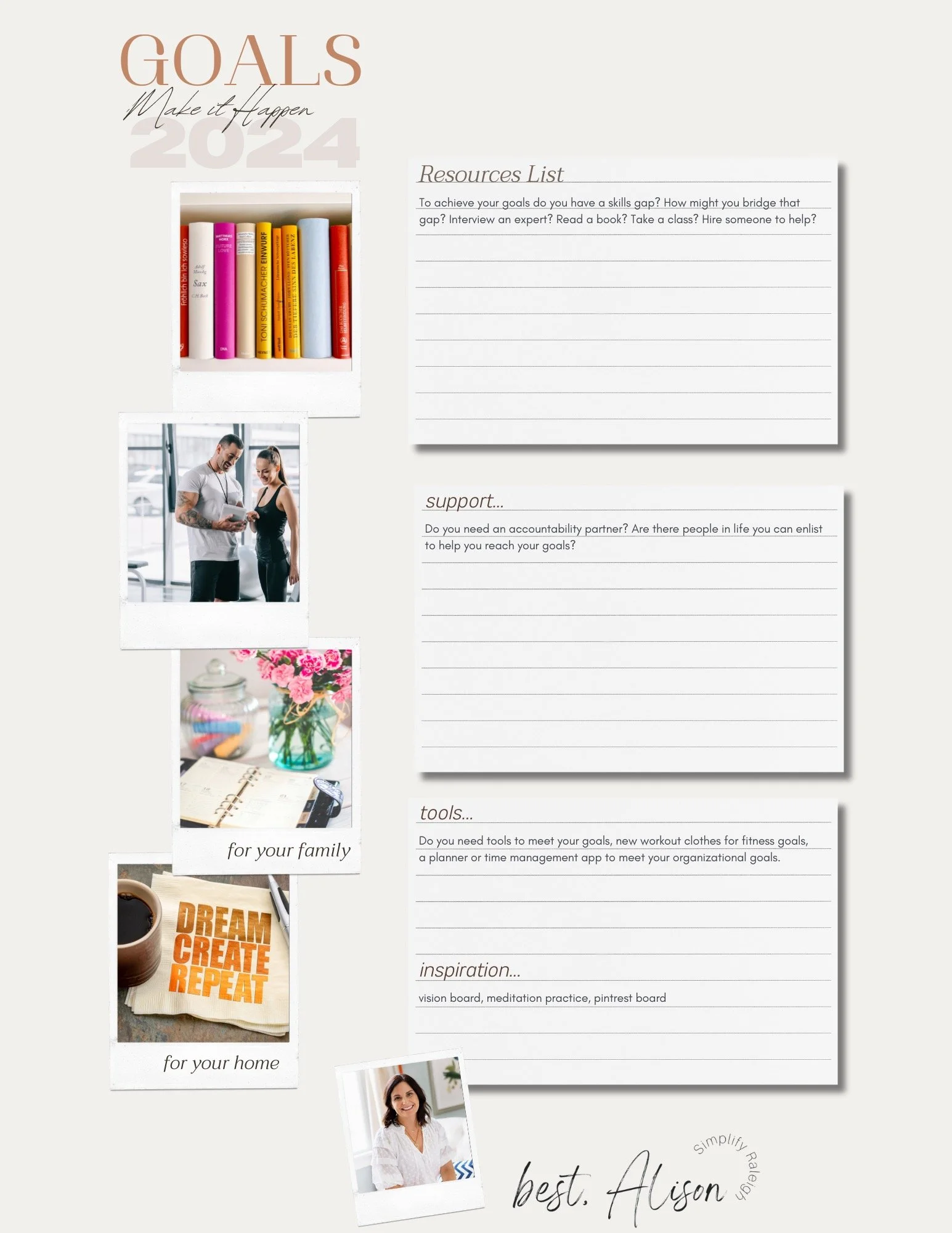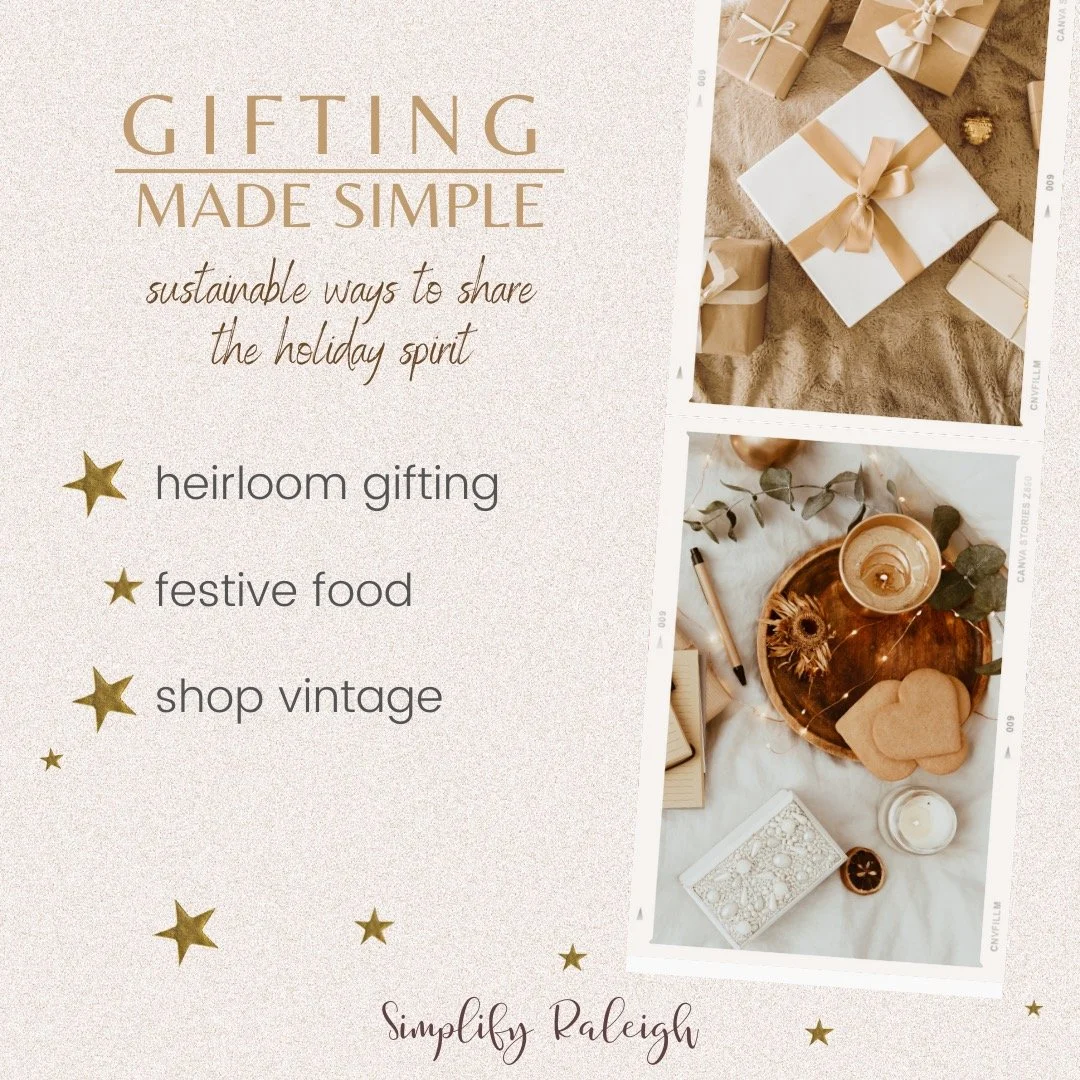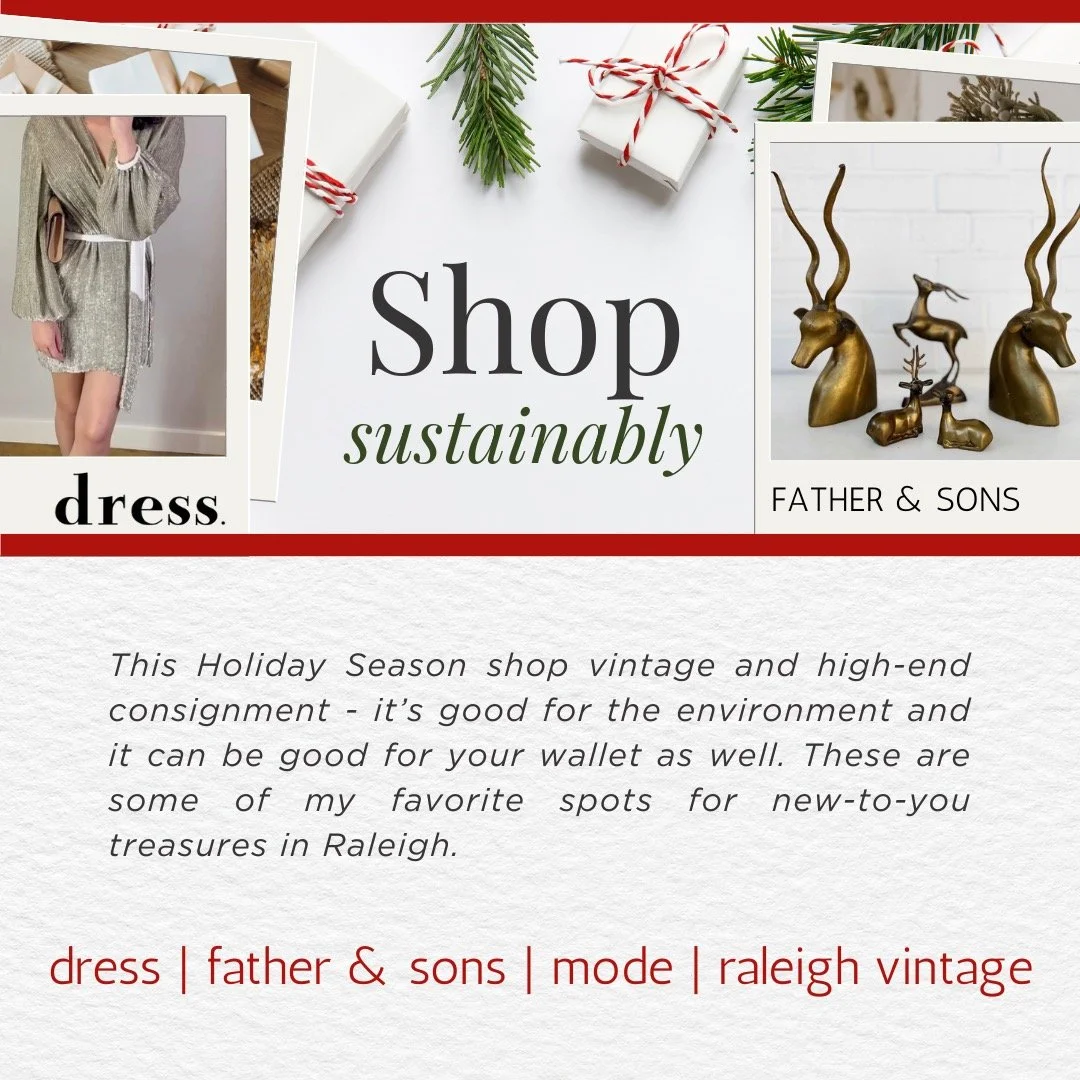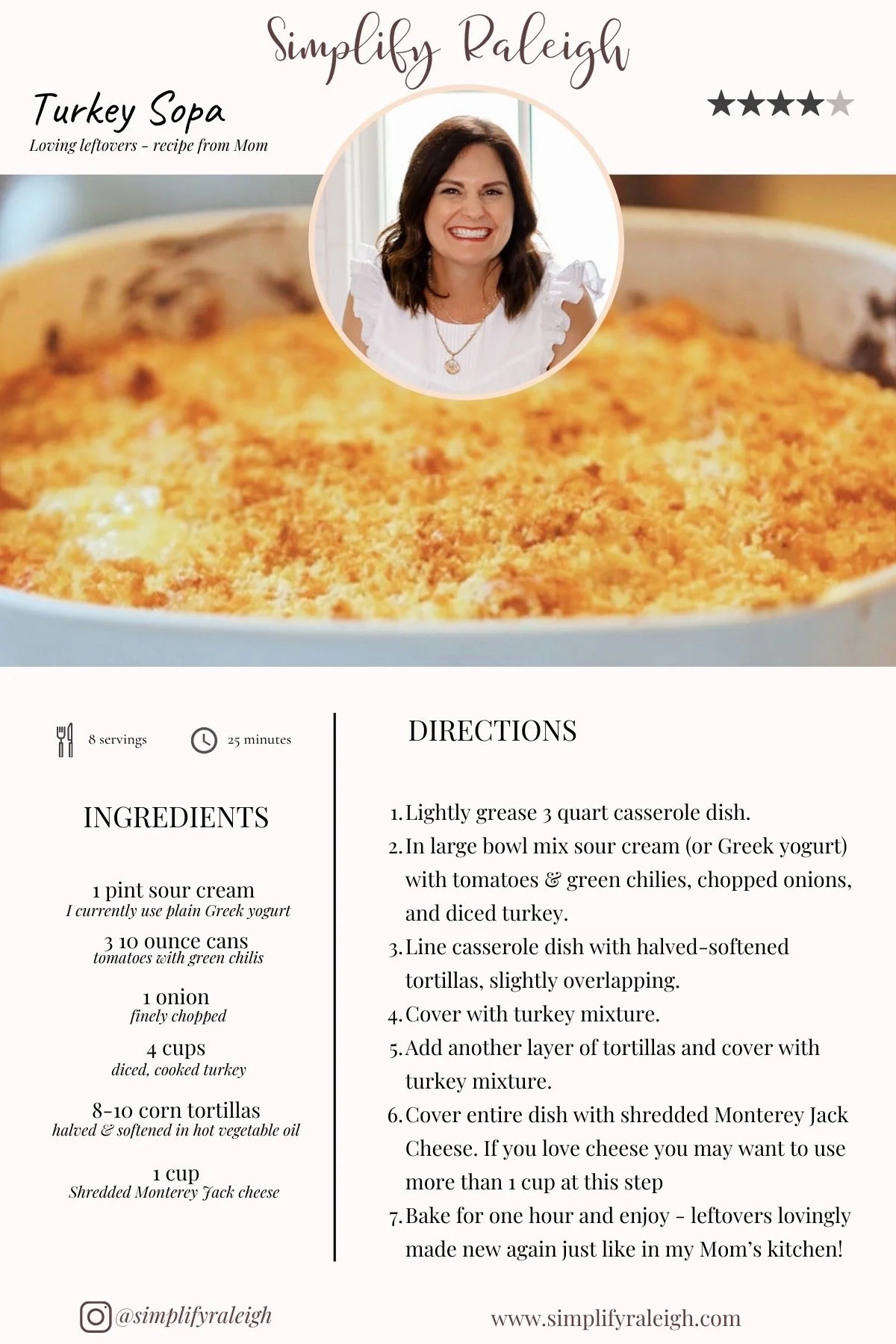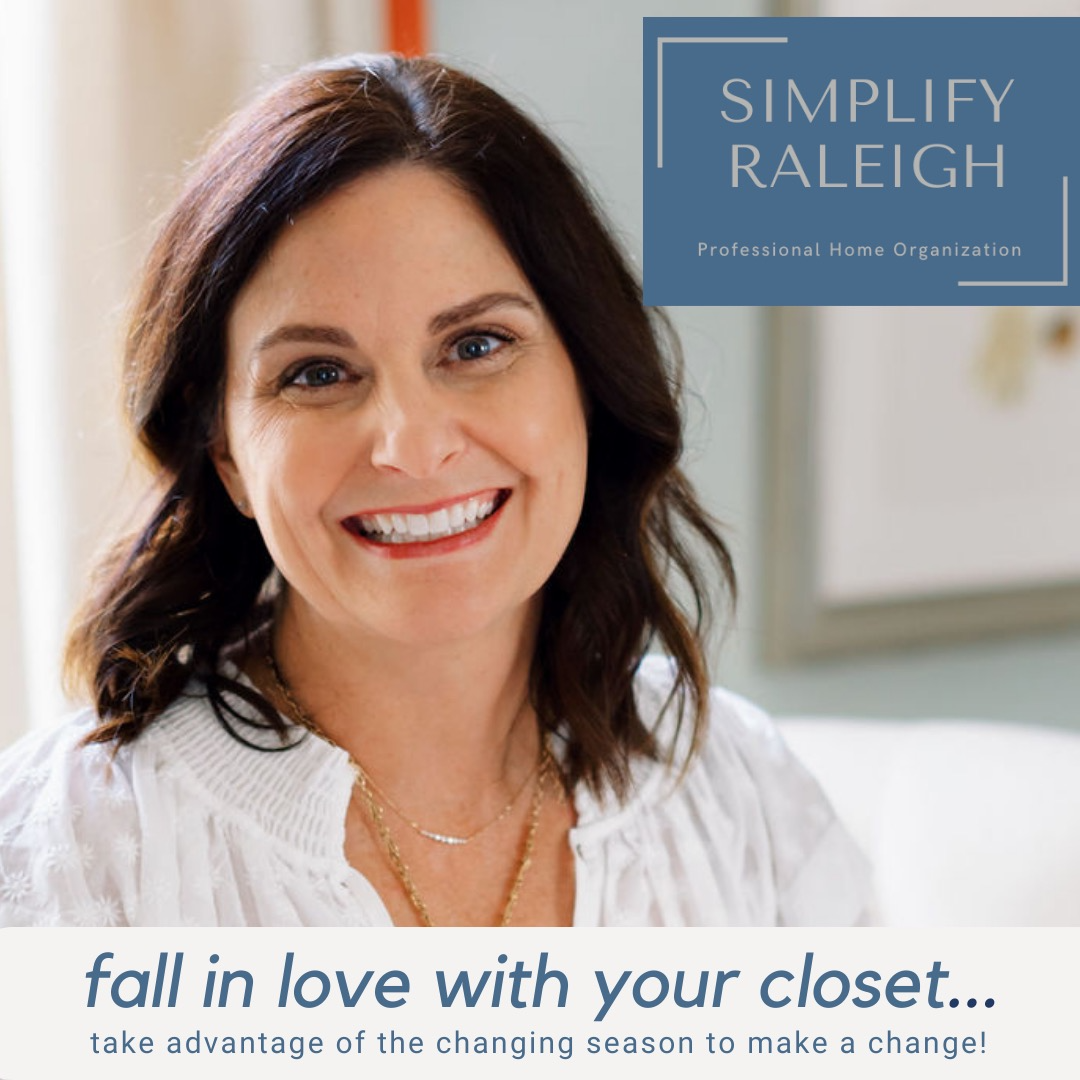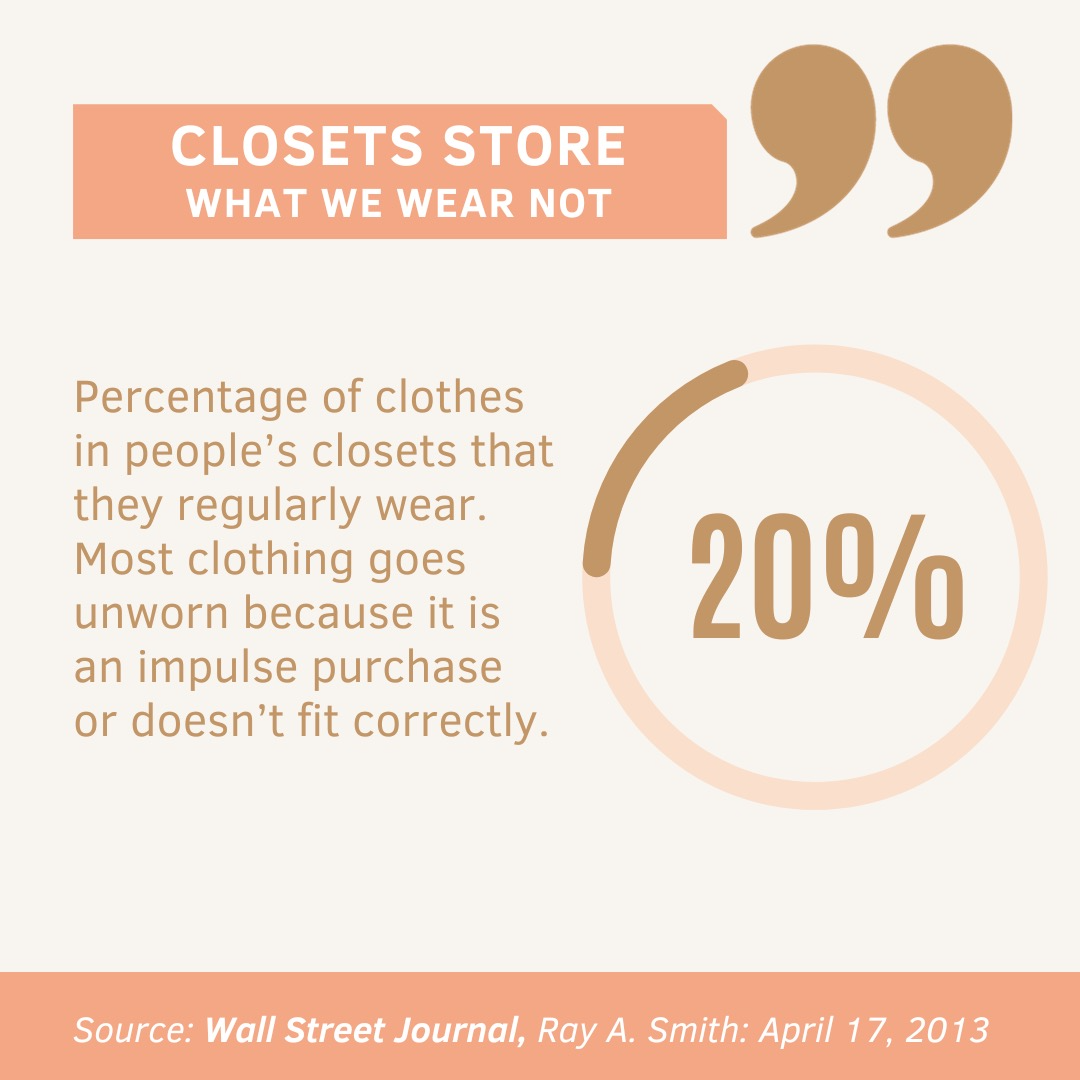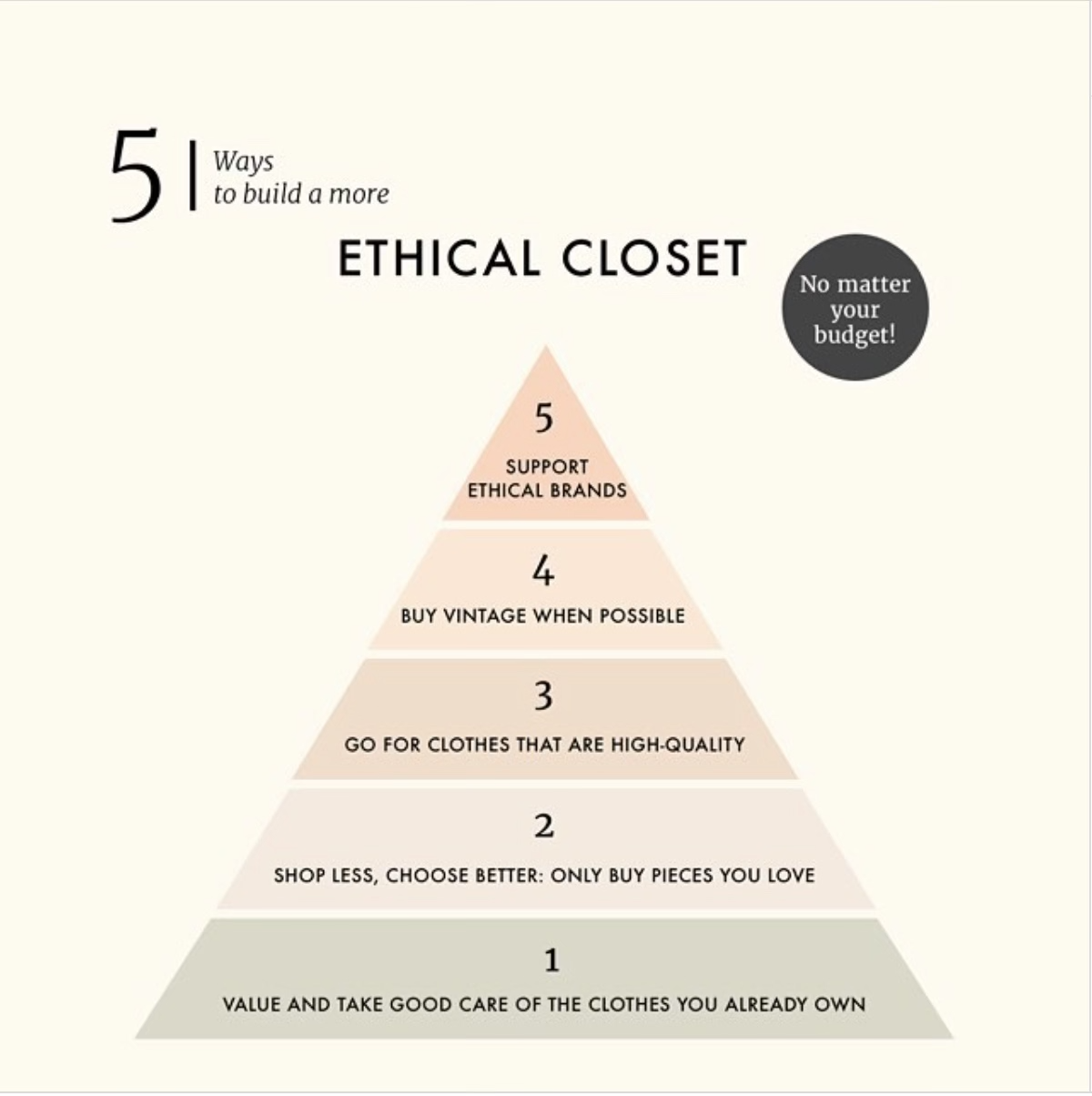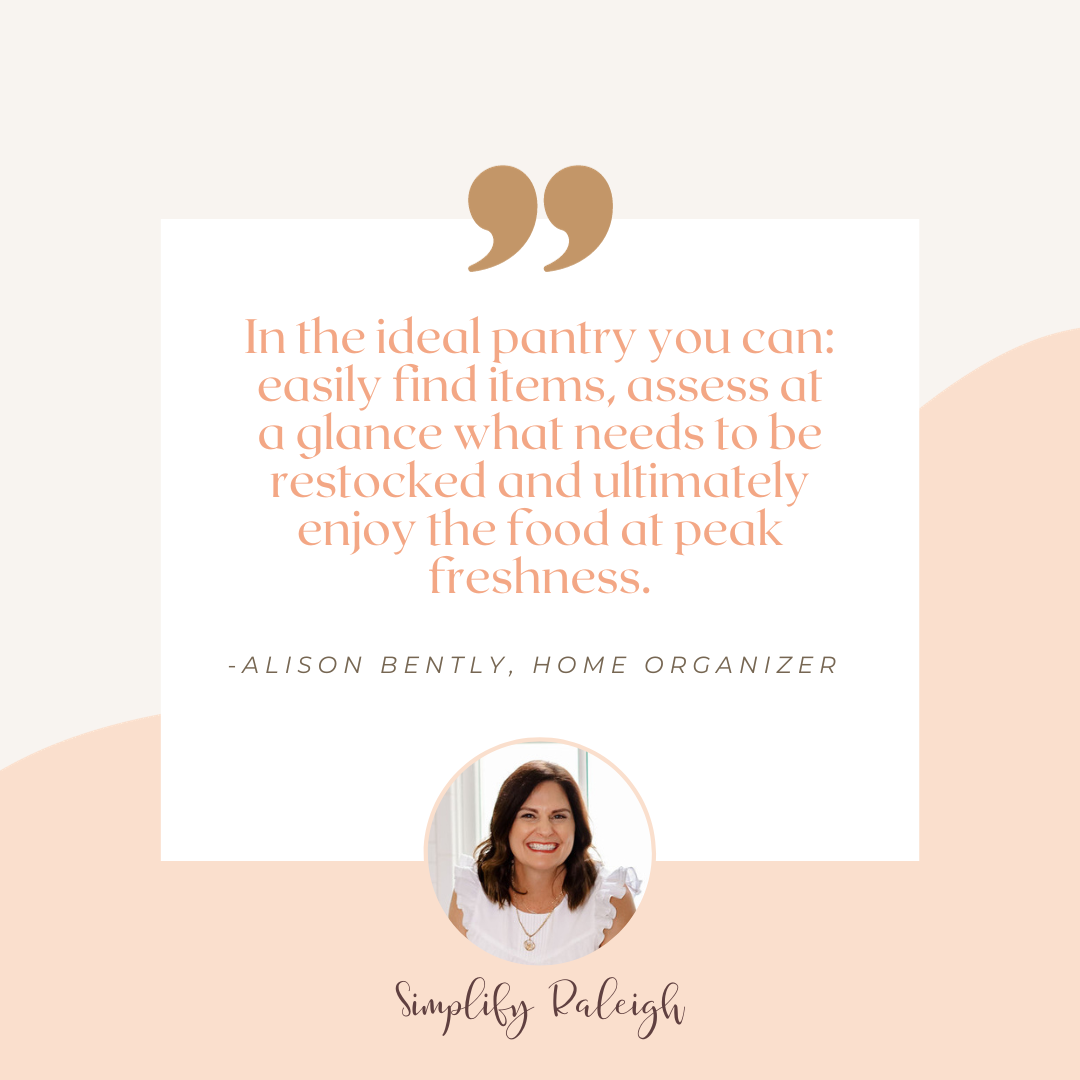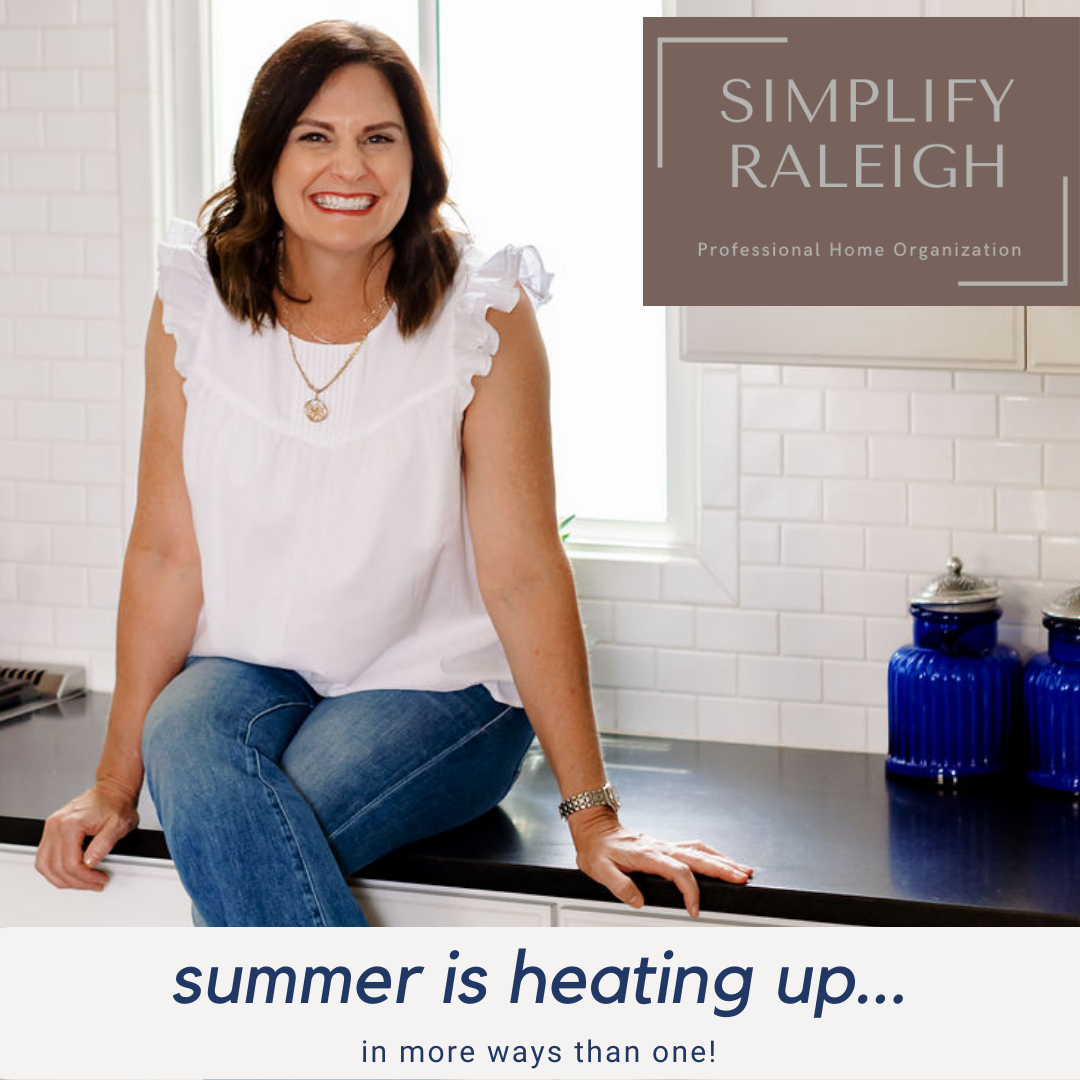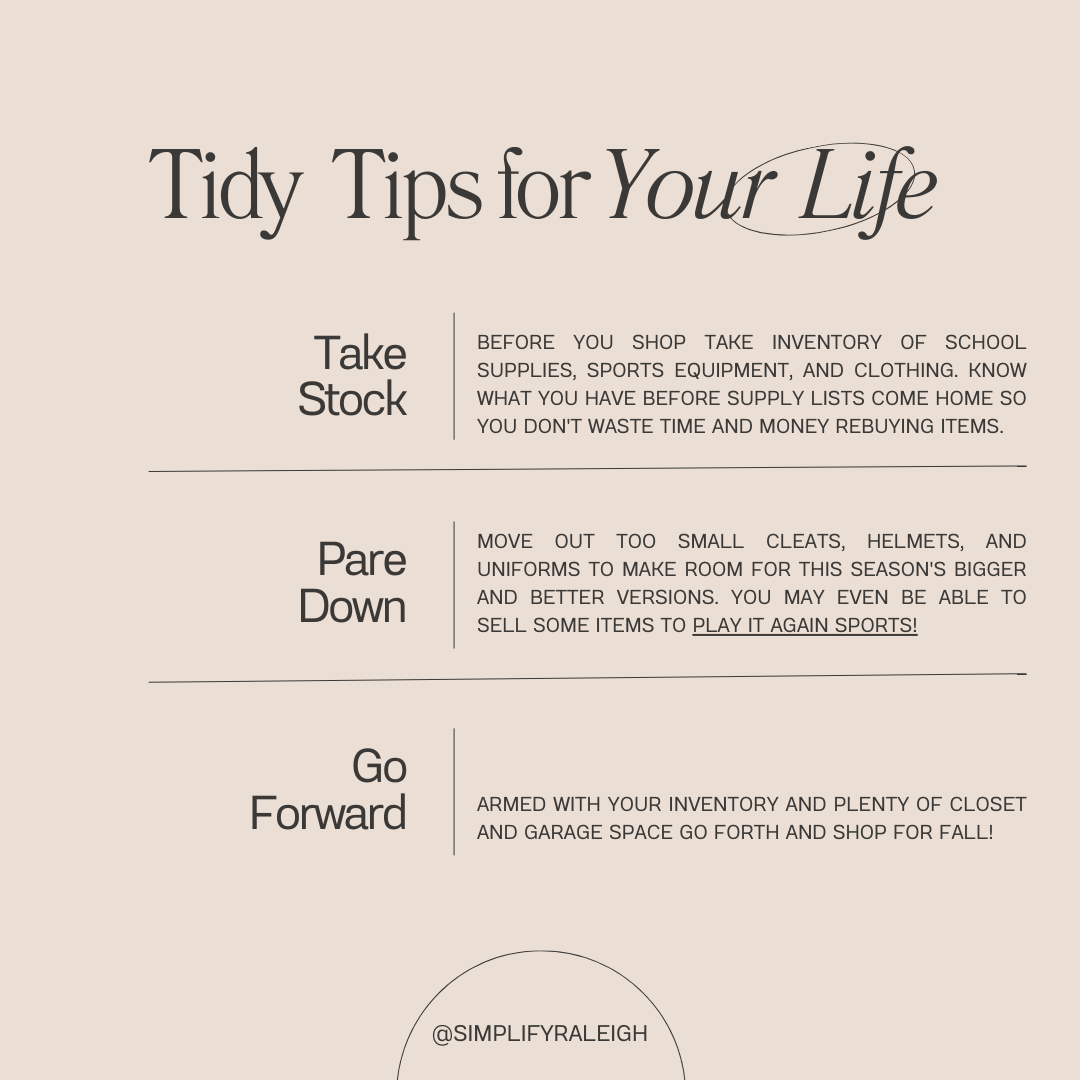Clutter in the Pantry…
Like many such spaces in the home, pantries can become neglected. Viewed only for the sheer volume of goods that they can store. They can become buried under mountains of squeeze applesauce, pasta, canned goods and paper towels. Some people who have smaller cabinets or kitchens may even annex part of the pantry for kitchen item storage: baking pans, dishes or entertaining pieces, large bins of dog food. As we squeeze items into every last inch of pantry space we actually remove much of the functionality: food items get pushed to the back never to be seen again, food expires before it can be prepared, and the worst of all pantry fails we have to repurchase something we know we have because we cannot find it.
We all know about clutter and generally view it as something to be avoided in our homes. But how can imminently useful items and foodstuffs be clutter? Clutter by its very nature must be unwanted junk that has accumulated or just mysteriously appeared? It cannot be in the form of items we have meticulously shopped for and stocked, can it?
Clutter is anything that gets in the way of what we are trying to achieve. If we cannot easily lay hands on the items we need from the pantry, quickly assess what needs to be restocked at a glance and ultimately cook, prepare, or eat the food before it spoils we have a problem. In our zest to never run out of anything we’ve loaded our pantries to the point where they no longer work for us.
Putting the functionality back into the pantry…
In the work I do as a professional organizer I find some of the most satisfying spaces to tackle are the most often ignored, closets and pantries. They are also smaller in scale so they can be tackled and completed in a day or a weekend. These are easy wins that jump start larger organizational efforts. Before I tackle a pantry I usually start by interviewing my clients. Understanding when they cook, how they cook, who cooks - when they shop, how they shop, who shops - is critical to laying out the pantry for each person or family. No two pantries are alike nor should they be but there are some common elements that I find work in all of the pantry projects I have undertaken.
Maximize pantry potential - Every pantry has them, weird spaces that don’t quite function, too tall shelves, wasted spaces and more. Frequently these spaces just need a key to unlock their potential.
Pantry Lazy Susan in corner spaces can allow for both storage and visibility in an area that might otherwise go unused or where items might go to never be seen again.
Can stackers can make use of shelf height in addition to depth while keeping stacked items in view and not precariously stacked upon one another.
The eyes have it - more than perhaps any other space in the home, pantry items need to be seen. We don’t just need to know that we have flour - we need to know how much we have at a glance so we can tell if we need to add flour to the list the next time we head to the supermarket and how much we need. We also need to be able to easily locate what we are looking for quickly and efficiently and retrieve it in the same manner.
Decanting it's not just for wine - I like to place pantry staples like flour, sugar, and other baking items in clear containers. This not only makes it easier to visually assess what you have, it also takes the visual clutter of the packaging these items are usually in and makes your shelf a little easier on the eye.
See and do - I also like to use clear acrylic bins to house related items. This not only allows the items to be seen but improves function as the bins act as drawers. You slide bins out to easily reach items in the back bringing new accessibility to far reaches of your pantry. In some cases my clients who like to bake might bring the entire bin to their work surface as it contains all the items they need to craft their masterpieces.
Making space - Not every space in a pantry should be filled. I am especially passionate about not having items on the floor of the pantry. No one wants to bend over to get these items, and no one really wants to eat or eat from anything that's been on the floor. Having a clear floor also makes the pantry easier to clean and allows the focus to be on the prime pantry spaces.
Hidden treasures - A commonly underutilized pantry space is the back on the pantry door itself. There are many options to transform the back of the pantry door into a highly functional storage space for common quick grab items.
Grab and Go - Having a section of the pantry that places healthy snacks or grab and go meals in one place is a game changer. Placed at child height this can be a great way to have self service food for kids. For adults who struggle to eat in the morning a great fix is to have breakfast- to-go- items at the ready that can be grabbed on the way out the door.
Pretty and Practical - the ideal pantry
Ok, so now we have a pantry that works! We can see what we have and what we need. We can easily lay hands on items, and we are actively using our pantry goodies to make delicious meals and snacks or at the very least nourishing ones. But if we stop there we are doing ourselves and our pantries a disservice. The ultimate design goal for most things is to achieve the ideal balance between form and function. To design a chair that not only looks beautiful but is also comfortable. The pantry can also be beautiful, or whimsical or rich and decadent. There is no reason the care and aesthetic concern you exercise in other parts of your home needs to stop at the pantry door. Pantries can have fun light fixtures, colorful paint, even wallpaper and other decorative elements. If you can design your pantry so that it can inspire you and stock the items to make those inspirations a reality why wouldn’t you?
Here are some pantry products that I love:
Candy Jars -We have these filled with healthy trail mix, and peanut M&Ms
Snack bins - We have all over our RX bars, granola bars, apple sauce and peanut butter crackers housed here.
*may contontain affiliate links





